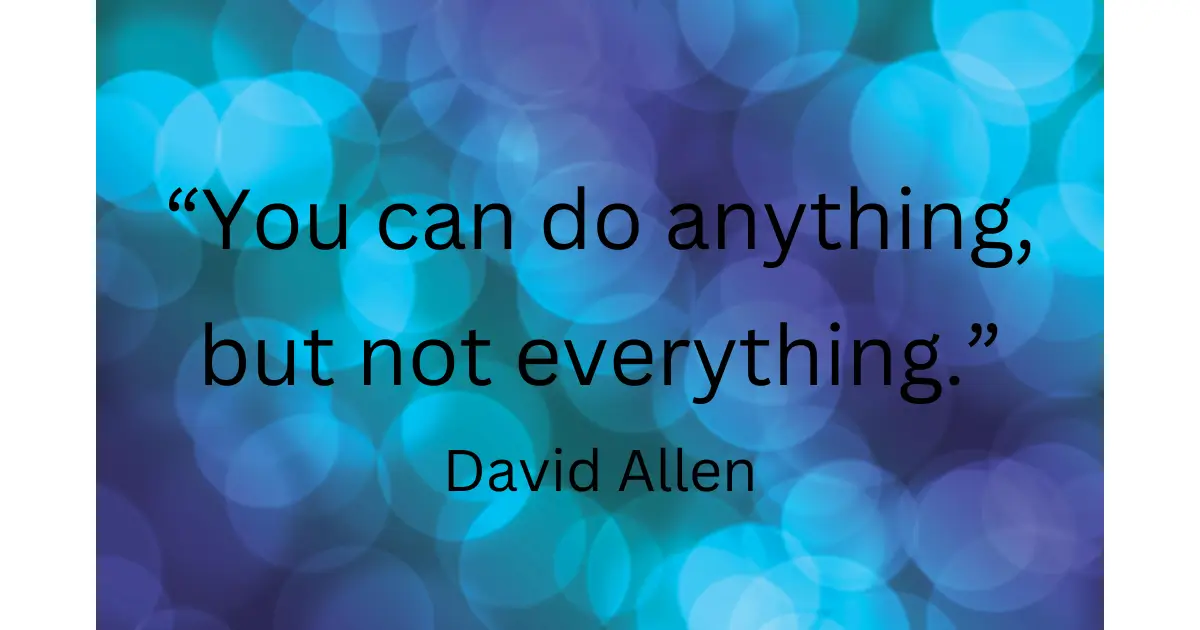Multitasking and Its Role in Time Management: The Hidden Truths and Practical Strategies

Multitasking—we all do it, thinking if it helps us get more done. In today’s busy world, managing multiple tasks at once can seem like the key to success. But here’s the reality: multitasking might be slowing you down more than speeding you up. Whether it’s jumping between emails and calls or doing chores while tackling work, it often hides inefficiencies that hurt your time management. This post will uncover the hidden truths about multitasking and share simple, practical strategies to boost your focus and productivity.
The Myth of Multitasking: A Personal Journey
I used to think I was great at multitasking. Like many, I believed that doing several things at once made me more productive. I could answer emails, plan my day, and even have a conversation—all at the same time. It felt like I was winning the race against the clock. But as time went on, I started to notice something strange. I was busy all day, yet I felt like I wasn’t really getting much done. Tasks were half-finished, conversations were forgotten, and my stress levels were climbing.
One day, I decided to take a step back and look at what was happening. I realized that my constant multitasking was actually slowing me down. I was jumping from one task to another, never fully focusing on any of them. This lack of focus meant that everything took longer, and I often had to go back and fix mistakes I’d made in my rush.

It hit me hard when I missed an important deadline because I was trying to handle too many things at once. That was the moment when I realized I had to change something. I decided to try a different approach: focusing on one task at a time. It wasn’t easy at all. My mind kept jumping to other things I thought I should be doing.
But slowly, I started to notice a difference. When I focused on one task, I did it better and faster. I was less stressed, and I didn’t feel as scattered. I started setting small goals for myself, like finishing one thing before moving on to the next. And it worked. My productivity improved, and I felt more in control of my time.
This personal journey taught me that multitasking is more of a myth than a skill. It may seem like you’re doing more, but in reality, you’re just spreading yourself too thin. The real key to productivity is focus. By giving your full attention to one task at a time, you can work more efficiently and with better results.
The Science Behind Multitasking
Multitasking, in its essence, is the act of performing multiple tasks simultaneously. However, research suggests that what we perceive as multitasking is actually rapid task-switching. Our brains are not designed to handle multiple tasks at once; instead, we switch from one task to another, often losing focus and efficiency in the process.
Dr. Clifford Nass, a professor of communication at Stanford University, conducted extensive research on multitasking. He found that heavy multitaskers are, in fact, less effective at managing multiple tasks.
“They’re suckers for irrelevancy. Everything distracts them,” Nass said.
His studies revealed that multitaskers struggle with filtering out irrelevant information and are less efficient at switching between tasks.
The Hidden Costs of Multitasking
The allure of multitasking lies in the illusion of productivity. However, the hidden costs can be significant:
1. Decreased Productivity:
According to a study by the American Psychological Association, multitasking can reduce productivity by as much as 40%. Task switching requires cognitive effort, which drains mental resources and diminishes overall efficiency.
2. Increased Stress:

Constantly shifting between tasks can lead to mental fatigue and increased stress levels. This not only affects work performance but also has long-term implications for mental health.
3. Lower Quality of Work:
Multitasking often leads to errors and oversights. When attention is divided, the quality of work suffers, leading to substandard outcomes and the need for rework.
4. Impaired Memory:
A study published in the Journal of Experimental Psychology found that multitasking impairs working memory. This means that information is less likely to be retained and recalled when needed.
The Art of Single-Tasking: A Story of Transformation
Being curious about the downsides of multitasking, I gave single-tasking a try. By focusing fully on one task at a time, I was amazed by the results.
One morning, I set aside an hour to work on a project report. I turned off email notifications, put my phone on silent, and immersed myself in the task. Not only did I complete the report ahead of schedule, but the quality of my work was significantly better. I felt a sense of accomplishment and clarity that had been missing in my multitasking days.

This experience was a revelation. By eliminating distractions and focusing on one task at a time, I was able to produce higher-quality work in less time. This approach, known as single-tasking, became my new productivity mantra.
5 Practical Strategies for Effective Time Management
Understanding the drawbacks of multitasking is the first step toward effective time management. Here are some practical strategies to help you make the most of your time:
1. Prioritize Tasks:
Begin each day by identifying the most important tasks. Give priority to the tasks that are important for your short-term and long-term goals. These tasks will add value to your life in the long run.
“Focus on being productive instead of busy.” Tim Ferriss, author of “The 4-Hour Workweek.”
2. Time Blocking:
Allocate specific time blocks for different tasks. For example, dedicate an hour in the morning to respond to emails, followed by two hours for focused project work. Stick to these time blocks to maintain a structured schedule.
3. Minimize Distractions:
Create a distraction-free work environment. Turn off notifications, close unnecessary tabs, and set a timer for working without any interruption. Focus entirely on your prioritized tasks while working.
4. Take Breaks:
Taking breaks is a great way to energize and refresh ourselves. Regular breaks are essential for maintaining focus and preventing burnout. After focusing on a task for a set period of time, we need to relax for a short time and then come back stronger.
5. Mindfulness and Meditation:

It is extremely important to take breaks and recharge our minds by incorporating some effective relaxation techniques. Practicing mindfulness can enhance focus and reduce stress. Techniques like deep breathing, meditation, and mindful walking can help centre your mind and improve concentration.
Conclusion: Embrace the Power of Focus
The journey from multitasking to single-tasking is transformative. By understanding the limitations of multitasking and adopting strategies for focused work, we can enhance our productivity, reduce stress, and achieve better outcomes. Remember, it’s not about doing more; it’s about doing what matters the most with full attention and intention.
As I continue to embrace single-tasking, I invite you to join me in this journey. Challenge the myth of multitasking and discover the power of focus. In the words of Henry David Thoreau, “It’s not enough to be busy; so are the ants. The question is: What are we busy about?”
By prioritizing focus over frenzy, we can reclaim our time and energy, leading to a more fulfilling and productive life.






